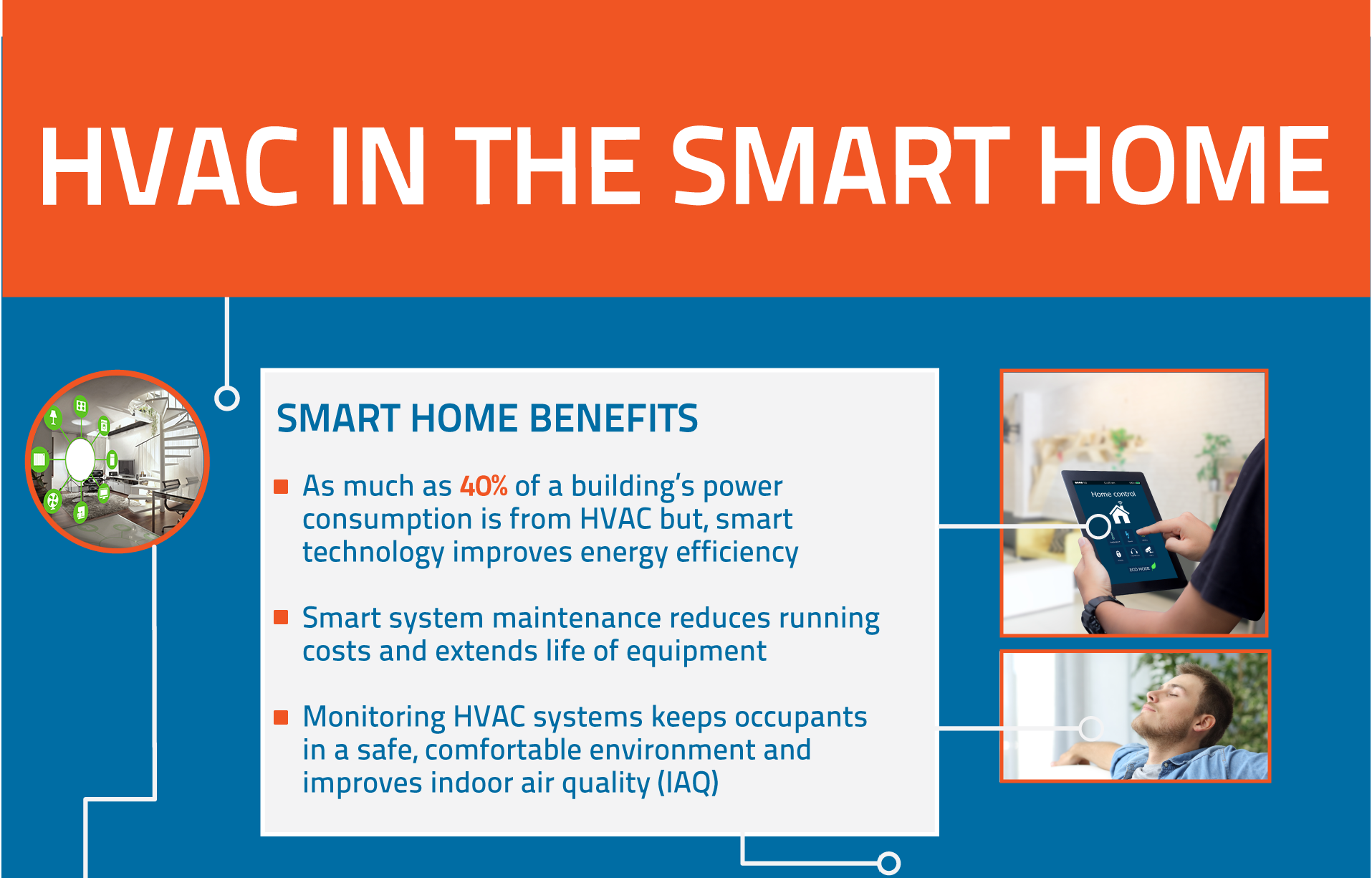The Ultimate Overview To Understanding Heat Pumps - Just How Do They Work?
The Ultimate Overview To Understanding Heat Pumps - Just How Do They Work?
Blog Article
Write-Up By- heat pump system installation can conserve you significant amounts of cash on power expenses. They can likewise help in reducing greenhouse gas emissions, especially if you utilize electrical power in place of fossil fuels like gas and heating oil or electric-resistance heaters.
Heat pumps function very much the like air conditioners do. This makes them a sensible choice to typical electrical home furnace.
Exactly how They Work
Heat pumps cool homes in the summertime and, with a little help from electricity or natural gas, they provide a few of your home's heating in the winter months. They're a good choice for people who wish to reduce their use of fossil fuels however aren't all set to change their existing heater and a/c system.
They depend on the physical fact that also in air that appears also cold, there's still power present: cozy air is always moving, and it intends to relocate into cooler, lower-pressure atmospheres like your home.
The majority of power STAR licensed heat pumps operate at near to their heating or cooling ability throughout the majority of the year, lessening on/off cycling and conserving energy. For the very best efficiency, focus on systems with a high SEER and HSPF ranking.
The Compressor
The heart of the heat pump is the compressor, which is also known as an air compressor. This mechanical streaming gadget utilizes potential power from power creation to raise the stress of a gas by minimizing its volume. It is different from a pump because it only works with gases and can not deal with fluids, as pumps do.
Climatic air goes into the compressor with an inlet valve. It travels around vane-mounted arms with self-adjusting size that divide the interior of the compressor, developing multiple tooth cavities of varying size. The rotor's spin pressures these tooth cavities to move in and out of stage with each other, pressing the air.
The compressor draws in the low-temperature, high-pressure refrigerant vapor from the evaporator and compresses it right into the warm, pressurized state of a gas. This process is repeated as required to supply home heating or cooling as required. The compressor additionally has a desuperheater coil that reuses the waste warm and includes superheat to the refrigerant, changing it from its liquid to vapor state.
The Evaporator
The evaporator in heatpump does the exact same thing as it does in fridges and a/c, transforming fluid cooling agent into an aeriform vapor that eliminates warmth from the room. Heat pump systems would not work without this important tool.
This part of the system lies inside your home or structure in an interior air trainer, which can be either a ducted or ductless system. It has an evaporator coil and the compressor that presses the low-pressure vapor from the evaporator to high pressure gas.
Heat pumps soak up ambient warmth from the air, and then use electrical energy to move that warm to a home or company in heating setting. air conditioner unit makes them a whole lot more power reliable than electric heating units or heaters, and because they're utilizing clean electrical power from the grid (and not shedding fuel), they likewise create much less discharges. That's why heatpump are such terrific environmental choices. (And also a substantial reason why they're ending up being so popular.).
The Thermostat.
Heat pumps are great choices for homes in cool environments, and you can utilize them in mix with traditional duct-based systems and even go ductless. They're a fantastic alternative to fossil fuel furnace or conventional electric heating systems, and they're much more sustainable than oil, gas or nuclear cooling and heating devices.
Your thermostat is the most essential element of your heatpump system, and it functions very differently than a traditional thermostat. All mechanical thermostats (all non-electronic ones) job by using materials that transform dimension with raising temperature, like coiled bimetallic strips or the increasing wax in a car radiator shutoff.
These strips include 2 different kinds of metal, and they're bolted with each other to form a bridge that finishes an electrical circuit connected to your heating and cooling system. As the strip obtains warmer, one side of the bridge expands faster than the various other, which causes it to flex and indicate that the heater is needed. When the heat pump is in heating mode, the reversing valve reverses the circulation of cooling agent, to ensure that the outdoors coil currently operates as an evaporator and the indoor cyndrical tube becomes a condenser.